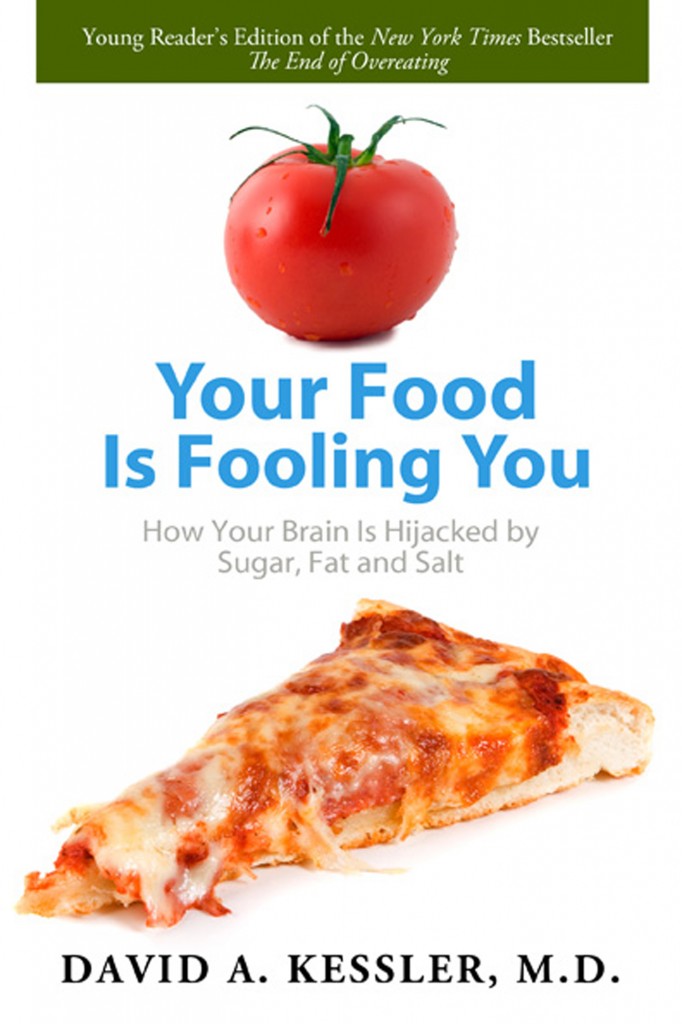#9: Eleanor & Park by Rainbow Rowell
Sometimes a book is all over the media, the awards, the end-of-year lists, and I just can’t muster up any cynicism. Because the book is just so damn good. It might not be the most complex or the most literary. The grittiest, the riskiest, or the most surprising. It might not be for you, but boy was it for me. Rowell does what I want all YA books to do – to introduce me to characters I wish I knew in the real world, make me care about them, and treat their lives with attention and respect. Especially respect for their capacity for loving relationships. I have a tender spot in my heart for teenage romance, especially romance that eschews the fairytale for the hard and the bittersweet. Eleanor & Park has hard and bittersweet in spades, and every literary decision shows her respect for her characters. Super deserving of all of its accolades, in my opinion, and my #9 read of the year.
Here is my original review, published after racing through my eGalley back in February.
~
Eleanor and Park are students at the same high school. Park is a Korean-American living in a white-bread Nebraska town, but he’s known everyone in the neighborhood and school forever so he’s got his own social agenda, even if he doesn’t quite fit in. Eleanor, on the other hand, is the new girl, and nothing about her fits in – her body, her crazy red hair, her thrift-store-because-that’s-all-she-can-afford wardrobe, how she shares a room with her four siblings and how her mom let her new husband kick Eleanor out of the house for a year. She’s “Fat Slut.” She’s “Big Red.” She’s the girl whose street clothes get flushed in the toilet during gym class, who couldn’t blend in no matter how hard she tries. Home sucks. School sucks. The only tolerable portion of the day is when she reads comic books over Park’s shoulder when they sit together on the bus.
And then they fall in love.
Oh, they fall in love.
I don’t even want to make this Romance #6 because it’s so different than the kind of romance I was going for when picking the first five. No offense to the contemporary light YA romance, but all five of the selected titles adhere to a rough pattern, a bit of a formula. Reader meets girl. Girl has problems. Girl meets boy. Problems complicate boy. Girl solves problems. Girl gets boy. It’s a formula I like, but it could not be further from Eleanor & Park. Eleanor is a girl with problems, but they are problems too big for any teenager to “solve” on her own, with or without the help of a boy. Park wants to help, but Eleanor won’t let him all the way in, and even when she does he can’t help her either.
They fall in love anyway.
And that it why I liked this book so damn much – because when you are a teenager and you fall in love, it’s rarely easy. You feel victimized by adults with power, by your peers. You can’t say what you want, what you are feeling; communication breaks down suddenly and with consequence. You know in your heart of hearts that you aren’t going to be together forever, even if you want to, really really badly.
But you fall in love anyway.
This book reminded me much of Pete Hautman’s The Big Crunch, but with a closer, more intimate narrative. Like Wes and June, Eleanor and Park get alternating chapters, and while Eleanor is the true protagonist, I believe, it was all about Park for me. He was just the sweetest boy trying to fit in and stand out, to follow the crowd and follow his heart, to find out what it means to him to be a man.
I didn’t cry, I didn’t swoon, I didn’t rush through the last pages in anticipation that The Boy and The Girl would finally end up together. It’s not that kind of romance.
But I loved it anyway.















